Street Furniture to Best Cater to Different Environmental Surroundings & Creating a User-Oriented Urban Experience
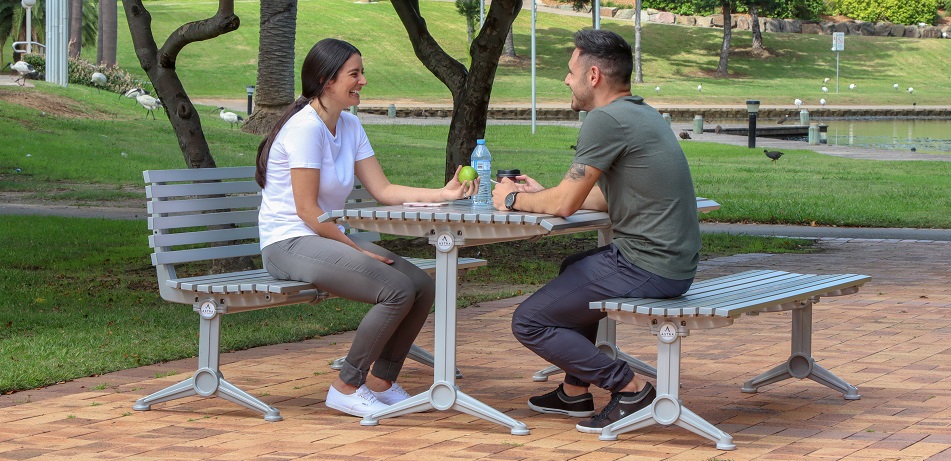
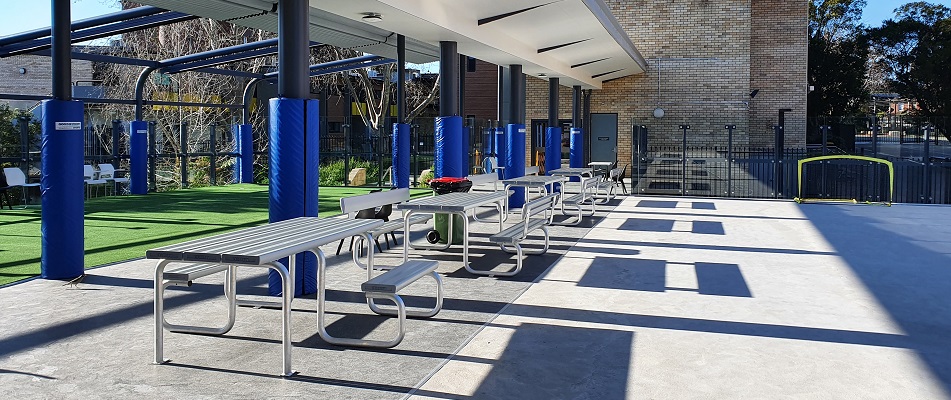
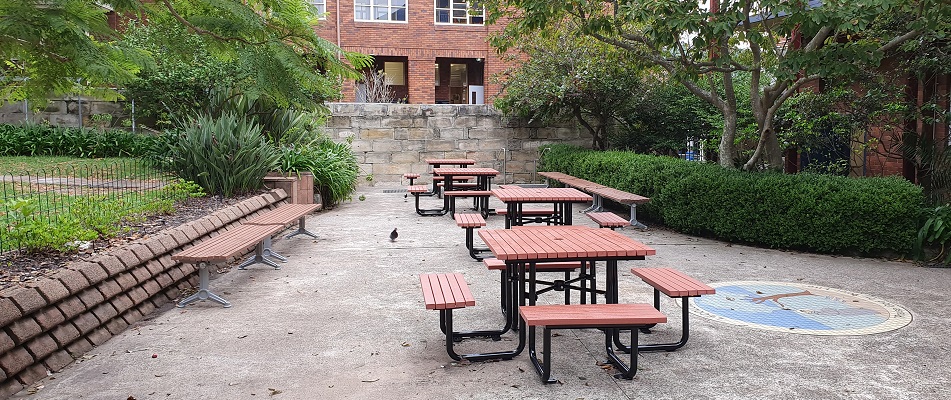

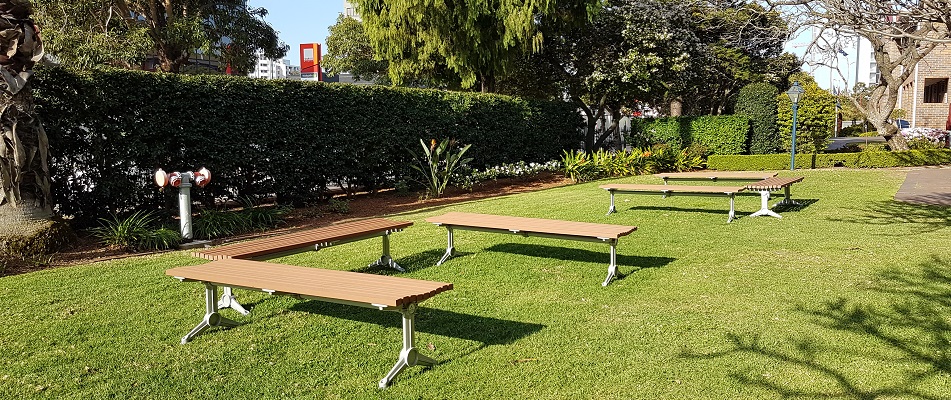
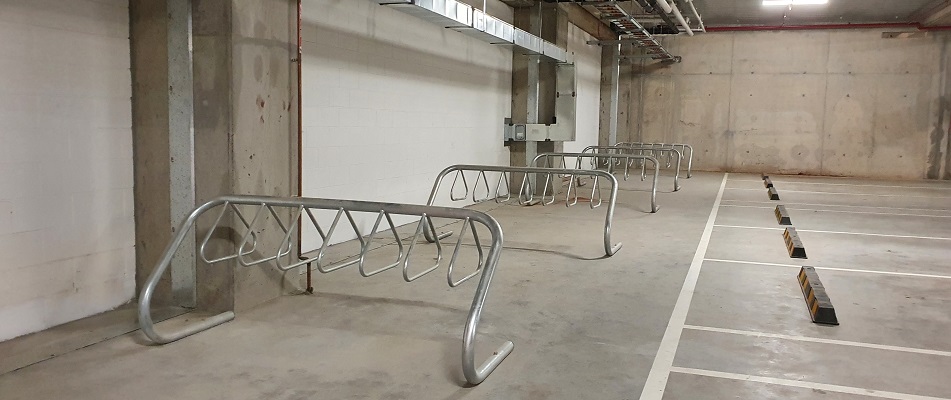
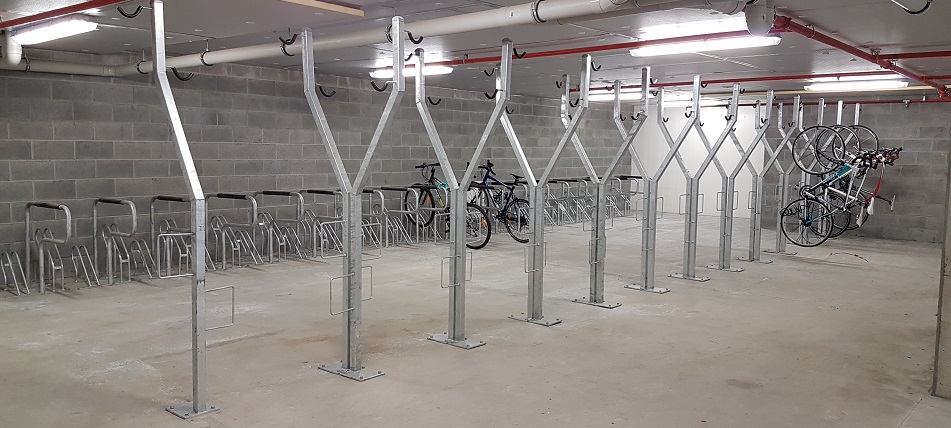
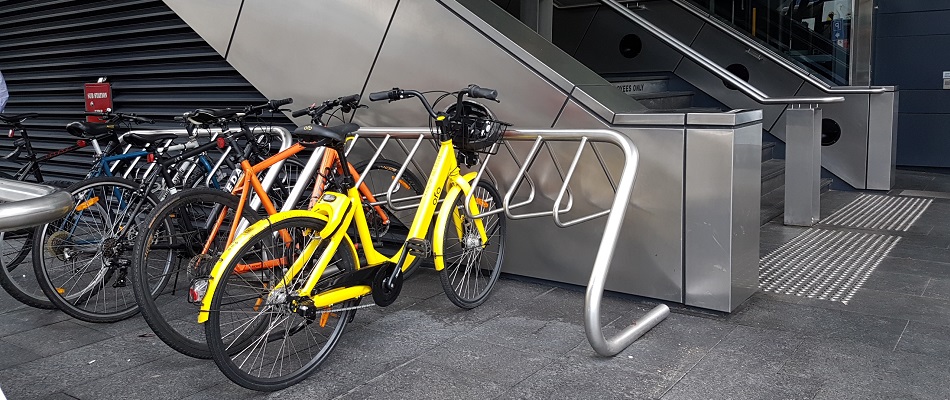
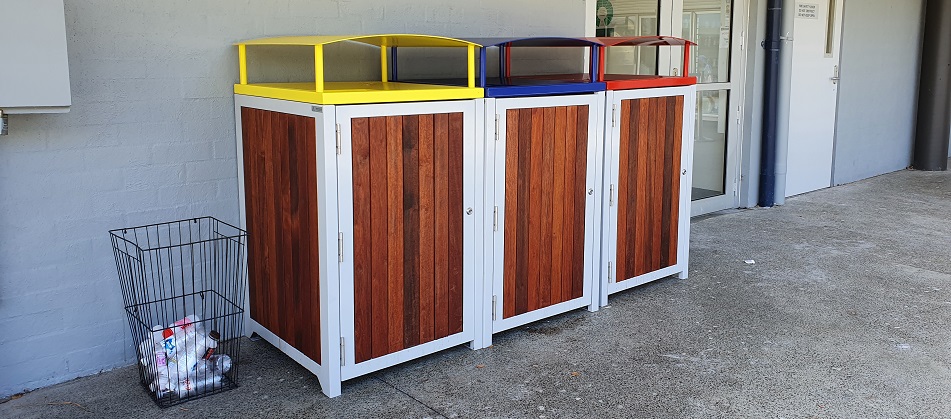
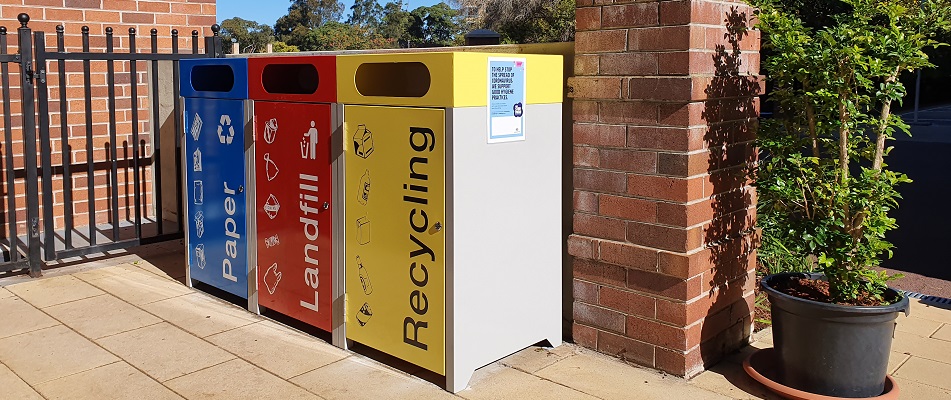
Studies have been thoroughly conducted through the years to determine design and functionality of street furniture placement in different landscape situations. It has shown that it isn’t as simple as placing a seat here and a litter bin there, just to fill some space. When street furniture has been properly analysed in the design of a given environment, it creates an individual identity and a true sense of place. If street furniture such as seats or benches are placed to solely fill an aesthetic appeal but placed near intersections, it can obstruct the traffic of pedestrians and create crowds, which may limit the view of road traffic. This minimal thought during the design process is not beneficial to its location and users, being a waste of furniture pieces that can be utilised elsewhere at a more appropriate location. It is important that furniture is selected and installed after an analysis of the chosen landscape and requirements of use is complete so it can successfully fulfil its purpose.
According to the academic article written by Gökçen Firdevs Yücel (2013), there are 5 basic criteria involved in the selection
and placement of street furniture. These are,
- Function (the necessity of an item and how it will serve its purpose),
- Sitting and layout (the decision of the appropriate placement),
- Form and appearance (ensuring the pieces have a link to existing design/furniture pieces or project design requirements),
- Durability, and
- Cost
The placement of furniture pieces should be determined from their functions and the designs of the chosen landscape. It is also important that the user experience in the chosen space has been identified and what furniture would best serve its purpose and cater to the local users. It is important to note that different environmental landscapes will see engagement with a variety of users that will require different street furniture uses.
According to the ABS,
the Australian population comprises of approximately 16% of people being aged
65 years and over and those 85 years and over have increased by 117% over the
past two decades. For this reason, it is important to ensure there are seats,
benches and picnic settings for the elderly and those with limited mobility in
environments that see a high volume of pedestrian traffic such as parks,
shopping centres, nursing homes, clubs and libraries. Under the Australian Disability Discrimination Act (DDA) street furniture must adhere to specific
requirements in order for them to allow for use amongst the elderly and disabled
community. Installing them frequently along a path of travel is important so
there are appropriate resting/stopping points in one’s journey, but ensuring
they are not obstructing paths or entry/exit points at the location. Due to the
aging population, ensuring there are appropriate furniture items installed to
help these users move freely and independently, without restricting where they
are able to travel, is crucial. Furniture including seats and picnic settings
can be purchased as wheelchair accessible options so they can be used for those with a disability.
Incorporating these into the design requirements of a project is important so a
greater percentage of the population can go out and visit whilst feeling
included within the community. Locations such as schools, shopping centres,
entertainment facilities and public transport stations are high engagement
areas that should require furniture items that as DDA compliant to continue to
create a positive user-oriented urban experience.
As learning and workplace environments participate in more
collaborative activities, it is important that furniture pieces positively
contribute to this style of social engagement. Global pandemics have increased
the awareness of spacious collaborative environments for users to engage in,
especially in an outside environment. Playgrounds, parks, courtyards and
business parks are the ideal for collaborative furniture items to be installed
to generate this style of working and learning in school and workplace environments.
Curved benches and spacious table settings are the perfect solution to allow for users to engage in group
conversations and work tasks in a comfortable and aesthetically pleasing
environment. The placement within a landscape of collaborative style furniture
pieces should consider the distance between each bench, seat or picnic setting
to reduce noise disturbances between each group that may be in a restricted
area.
Public transport usage has been encouraged immensely across
Australia in an effort to reduce commuters from using their own car as a form
of transport in their daily activities. Increased public transport routes and
stations are being implemented and developed in existing suburbs and new
building development plans where it is anticipated a high level of commuter
traffic will be seen. An increased amount of people will be travelling to and
from public transport stations, shopping centres, business complexes and
apartments blocks with bicycles and scooters rather than their car. This means
there is a need to increase the amount of secure bike parking spaces that need
to be made available for those commuting to their school or workplace. Where 1
car parking space is available, there can be 10 bike parking spaces created,
through the installation of various types of bike parking racks or rails. This encourages additional visitors to attend the
business or institution, this which will drive customer engagement higher. The
use of correct bike parking facilities creates a safe environment for people to
feel they can leave their bike for a longer period of time whilst supporting a
healthier and safer environment.
Furniture pieces are also extremely important in
environments that see a high level of usage from children such as pre-schools,
primary school, day-care centres and entertainment facilities. Standard heights
of furniture items may be too high for children to sit on comfortably and
safely. Where this is a factor of consideration, seating options with lowered
height may be necessary to ensure they are catered for. This could include the
installation of platform benches which sit lower to the ground which would be of appropriate height
for children. The customisation of Astra’s furniture pieces is extremely
achievable as they are designed in Australia, made and manufactured from
sustainably sourced materials, allowing for custom dimensions to specifically
suit environments that children are present in.
A positive user-orientated urban experience is also achieved
through the implementation of successful waste management systems to keep the
surroundings clean and tidy. There is nothing worse than entering an establishment
or visiting an outdoor environment where there is rubbish on the ground, covering
seating and tables where food is placed. This typically occurs where there is a
lack of or no litter bins in close proximately of seating furniture where
people are most likely to accumulate waste. The basic criteria mentioned above
is a specific method that must be applied to the selection of litter bins to ensure there is a sufficient amount and style to accommodate for
the landscape and the users in the areas. When low quality bins deteriorate and
are not marked with waste stream signage, users are discouraged from disposing
of their waste correctly, leaving them to litter the natural environment.
However, with the use of quality bins and correct signage, it is more likely that users will participate in the waste
management system you are trying to implement, meaning the high volumes of
rubbish will be far more manageable!
It is crucial that furniture pieces are available within proportion to the users of an environment or institution and the intensity of the activity within a specific location. The pieces this includes are seats, benches, picnic settings, bike racks and litter bins that people can use safely and comfortably. The design of a project isn’t purely limited to the aesthetics or functionality individually, as these factors among others must be carefully considered. The implementation of high quality street furniture is incredibly important to reach a level of satisfaction in all five areas of the basic criteria for the selection and placement of furniture pieces.

 Seating
Seating Benches
Benches  Curved Benches
Curved Benches Commercial Picnic Tables
Commercial Picnic Tables Concrete Plinth Mount Seating
Concrete Plinth Mount Seating Litter Bins
Litter Bins Bin Enclosures
Bin Enclosures  Shelters
Shelters Bike Parking
Bike Parking Architectural Bollards
Architectural Bollards Planter Boxes
Planter Boxes Skate Deterrents
Skate Deterrents  Drinking Fountains
Drinking Fountains Outdoor Classrooms
Outdoor Classrooms Athens Suite
Athens Suite Barcelona Suite
Barcelona Suite Berlin Suite
Berlin Suite Copenhagen Suite
Copenhagen Suite Dublin Suite
Dublin Suite Florence Suite
Florence Suite Glasgow Suite
Glasgow Suite Liverpool Suite
Liverpool Suite London Suite
London Suite Madrid Suite
Madrid Suite Manchester Suite
Manchester Suite  Milan Suite
Milan Suite Orbit Suite
Orbit Suite Paris Suite
Paris Suite Prague Suite
Prague Suite  Portsmouth Suite
Portsmouth Suite Rome Suite
Rome Suite Venice Suite
Venice Suite  Vienna Suite
Vienna Suite Woodville Suite
Woodville Suite School Furniture
School Furniture Healthcare Furniture
Healthcare Furniture Local Government Furniture
Local Government Furniture Park & Street Furniture
Park & Street Furniture Shopping Centre Furniture
Shopping Centre Furniture Aged Care Furniture
Aged Care Furniture